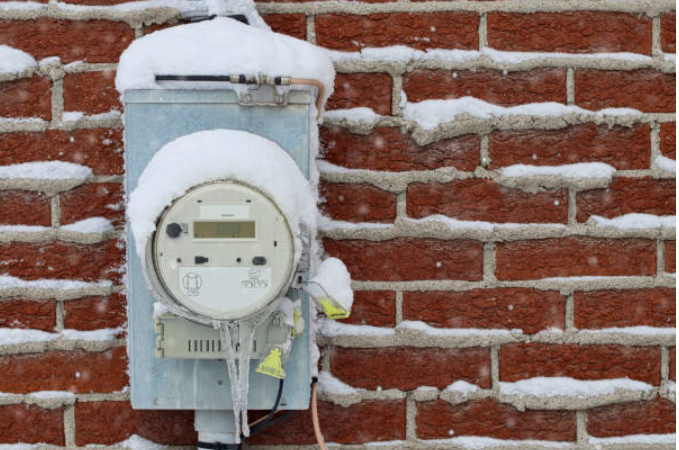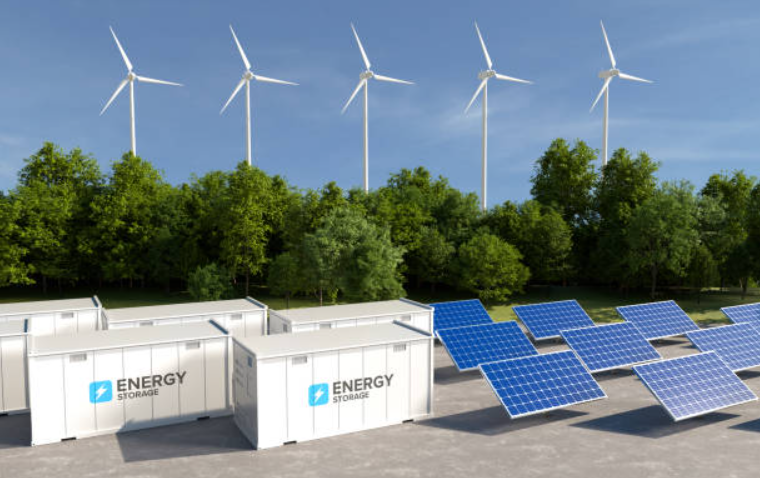How to Lower Electric Bill in Winter: Energy Saving Tips for Winter
As the winter months approach, many of us start to dread the inevitable increase in our electric bills. The need to keep our homes warm and cozy during the colder months can lead to a significant spike in energy consumption. However, with some strategic planning and implementation of effective energy-saving tips for winter, you can keep those costs under control while still maintaining a comfortable home environment.
Why Winter Energy Bills Increase
Winter brings colder temperatures, leading to increased use of heating systems, which are often the most significant contributors to high energy bills. Additionally, shorter days mean more artificial lighting is needed, further adding to energy consumption. Understanding these factors is the first step in taking control of your winter energy expenses.
Top Energy Saving Tips for Winter
1. Optimize Your Heating System
One of the most effective energy-saving tips for winter is to ensure that your heating system is running efficiently. A well-maintained system not only heats your home better but also uses less energy.
- Schedule Regular Maintenance: Have a professional check your furnace or heat pump before the winter season begins. Clean filters and well-lubricated components will help the system run smoothly, saving you money in the long run.
- Use a Programmable Thermostat: A programmable thermostat can automatically adjust the temperature when you’re asleep or away from home, reducing unnecessary heating. According to the U.S. Department of Energy, lowering your thermostat by 7-10 degrees for 8 hours a day can save you up to 10% a year on heating costs .
2. Seal Gaps and Insulate
Proper insulation is crucial for keeping heat inside your home, making it one of the most important energy-saving tips for winter.
- Seal Windows and Doors: Use weather stripping or caulk to seal any gaps around windows and doors to prevent heat from escaping and cold air from entering.
- Add Insulation: Insulating your attic, walls, and floors can significantly reduce heat loss. The Environmental Protection Agency (EPA) suggests that homeowners can save an average of 15% on heating and cooling costs by adding proper insulation .
3. Maximize Natural Heat
Harnessing the sun’s natural heat is a simple yet effective way to warm your home without increasing your electric bill.
- Open Curtains During the Day: Let the sunlight in during the day, especially on south-facing windows, to naturally heat your home. Close the curtains at night to reduce heat loss.
- Use Solar Power: Consider investing in solar energy solutions like those offered by SolarBuyBack.com. Solar panels can reduce your dependence on the grid and lower your electricity costs significantly over time. Additionally, some states offer incentives and buyback programs for excess energy produced by your solar panels, further reducing your energy expenses.
4. Use Energy-Efficient Appliances and Lighting
Switching to energy-efficient appliances and lighting can make a noticeable difference in your winter energy consumption.
- Upgrade to ENERGY STAR® Appliances: Appliances with the ENERGY STAR® label meet strict energy efficiency guidelines set by the U.S. Environmental Protection Agency. These appliances use less energy and can significantly reduce your electricity bill.
- Switch to LED Bulbs: LED bulbs use up to 75% less energy than traditional incandescent bulbs and last much longer, making them a smart choice for both your wallet and the environment .
5. Adopt Smart Habits
Sometimes, small changes in your daily routine can lead to big savings.
- Layer Up: Instead of turning up the heat, wear warmer clothing indoors, like sweaters and thermal socks. This simple step allows you to keep your thermostat at a lower setting.
- Unplug Unused Electronics: Even when turned off, electronics can draw power if they’re plugged in. Unplug devices you’re not using, or use power strips to easily turn off multiple devices at once.
Conclusion: Save Energy, Save Money
Implementing these energy-saving tips for winter can help you lower your electric bill without sacrificing comfort. By optimizing your heating system, sealing gaps, maximizing natural heat, using energy-efficient appliances, and adopting smart habits, you can make a significant impact on your winter energy costs. For those looking to take their savings a step further, exploring solar energy solutions with SolarBuyBack.com can provide long-term benefits and further reduce your reliance on the grid.
Remember, every little bit helps when it comes to saving energy, and these strategies can add up to substantial savings over the winter months. Start implementing these tips today and enjoy a warmer, more cost-effective winter.
Sources:
- U.S. Department of Energy. (n.d.). Thermostats and Control Systems. Retrieved from https://www.energy.gov/energysaver/thermostats-and-control-systems
- Environmental Protection Agency. (n.d.). A Homeowner’s Guide to Insulation. Retrieved from https://www.epa.gov/energy/insulation
- ENERGY STAR®. (n.d.). LED Lighting. Retrieved from https://www.energystar.gov/products/lighting_fans/light_bulbs/learn_about_led_bulbs



